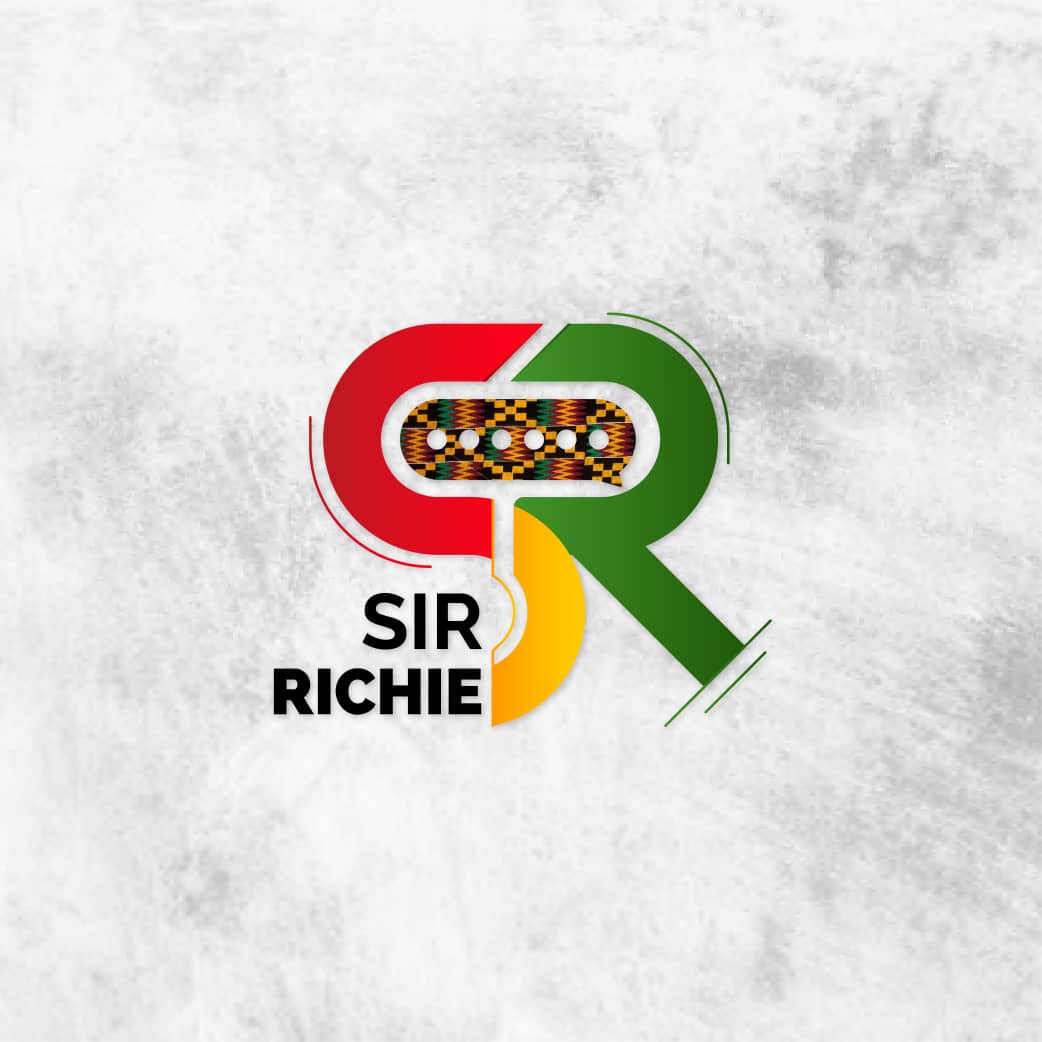
Iranian state television says “no sign of life” has been detected at the crash site of a helicopter carrying the country’s President.
President Ebrahim Raisi is missing he was travelling in crashed in a remote region in the country’s north-west when his helicopter came to the “hard landing”, state media initially reported.
President Raisi was travelling with the his Foreign Minster and other officials when the craft came down yesterday near Jolfa, a city on the border with with Azerbaijan.
Pictures released by Iranian state media showed his helicopter taking off just moments before the crash which has sent shockwaves through the country.
Search and rescue teams were reported to have found the helicopter by state media – before the Iranian Red Crescent denied the claims.
Iranian media also claims that search and rescue teams have made contact with people who were on board the helicopter several times but did not confirm who.
State media blamed the accident on adverse weather conditions and thick fog.
In the aftermath of the crash, Tehran official told Reuters that Mr Raisi’s life is in danger – as is the life of Iran’s foreign minister who was travelling with the president.
A statement by the US State Department said: “We are closely following the reports received regarding the possibility of the Iranian President’s helicopter making an emergency landing.”
Interior Minister Ahmed Vahidi told state TV only that one of the helicopters in a group of three had come down hard, and that authorities were awaiting further details.
Iranian media reports that army forces and rescue teams have been deployed to the region.
The rescue is reportedly being complicated by the poor weather conditions in the region which is around 375 miles northwest of Tehran.
Senior minister Mr Vahidi said: “After inaugurating the dam, the president was returning when the helicopter carrying him had a hard landing due to the foggy weather in the area.
“Several rescue teams are on their way to the incident area, but due to the foggy and bad weather conditions, it will take time to reach the helicopter,” he said.
Mr Raisi had been in Azerbaijan early on Sunday to inaugurate a dam with Azerbaijan’s President Ilham Aliyev.
The dam is the third one that the two nations built on the Aras River.
State TV stopped all its regular programming to show prayers being held for Raisi across the country and, in a corner of the screen, live coverage of rescue teams searching the mountainous area on foot in heavy fog.
Chris Doyle from the Council for Arab-British Understanding told LBC: “Light is fast fading, it’ll be very difficult for the search and rescue teams to be able to find him and a lot is riding on it.
“It’s very difficult for any country to possibly lose a leader, a president, but this is Iran – which is in the middle of a whole nexus of conflicts both external and internal so many people will be looking at the possible repercussions should the worst come to be true.”
Iran flies a variety of helicopters in the country, but international sanctions make it difficult to obtain parts for them.
Its military air fleet also largely dates back to before the 1979 Islamic Revolution.
The 63-year-old was elected president at the second attempt in 2021, and since taking office has ordered a tightening of morality laws, overseen a bloody crackdown on anti-government protests and pushed hard in nuclear talks with world powers.
In Iran’s dual political system, split between the clerical establishment and the government, it is the supreme leader rather than the president who has the final say on all major policies.
The hardliner has long been seen as a protege to Iran’s supreme leader and a potential successor for his position within the country’s Shiite theocracy.
Mr Raisi, 63, previously ran Iran’s judiciary.
He ran unsuccessfully for president in 2017 against Hassan Rouhani, the relatively moderate cleric who as president reached Tehran’s 2015 nuclear deal with world powers.
In 2021, Mr Raisi ran again in an election that saw all of his potentially prominent opponents barred from running under Iran’s vetting system.
Iran’s Supreme Leader Ayatollah Khamenei said: “We hope that the Almighty God returns the respected and esteemed President and his companions to the embrace of the nation.
“The Iranian nation should not be worried or anxious, there will be no disruption to the work of the country,” he said.
Raisi swept nearly 62% of the 28.9 million votes, the lowest turnout by percentage in the Islamic Republic’s history.
Millions stayed home and others voided ballots.
Mr Raisi was defiant when asked at a news conference after his election about the 1988 executions, which saw sham retrials of political prisoners, militants and others that would become known as “death commissions” at the end of the bloody Iran-Iraq war.
After Iran’s then-Supreme Leader Ayatollah Ruhollah Khomeini accepted a UN-brokered ceasefire, members of the Iranian opposition group Mujahedeen-e-Khalq, heavily armed by Saddam Hussein, stormed across the Iranian border from Iraq in a surprise attack.
Iran’s Supreme Leader Ayatollah Khamenei said: “We hope that the Almighty God returns the respected and esteemed President and his companions to the embrace of the nation.
“The Iranian nation should not be worried or anxious, there will be no disruption to the work of the country,” he said.
Raisi swept nearly 62% of the 28.9 million votes, the lowest turnout by percentage in the Islamic Republic’s history.
Millions stayed home and others voided ballots.
Mr Raisi was defiant when asked at a news conference after his election about the 1988 executions, which saw sham retrials of political prisoners, militants and others that would become known as “death commissions” at the end of the bloody Iran-Iraq war.
After Iran’s then-Supreme Leader Ayatollah Ruhollah Khomeini accepted a UN-brokered ceasefire, members of the Iranian opposition group Mujahedeen-e-Khalq, heavily armed by Saddam Hussein, stormed across the Iranian border from Iraq in a surprise attack.
Iran blunted their assault.
The trials began around that time, with defendants asked to identify themselves.
Those who responded “mujahedeen” were sent to their deaths, while others were questioned about their willingness to “clear minefields for the army of the Islamic Republic”, according to a 1990 Amnesty International report.
International rights groups estimate that as many as 5,000 people were executed.
Mr Raisi served on the commissions.
The US Treasury in 2019 sanctioned Mr Raisi “for his administrative oversight over the executions of individuals who were juveniles at the time of their crime and the torture and other cruel, inhuman, or degrading treatment or punishment of prisoners in Iran, including amputations”.






